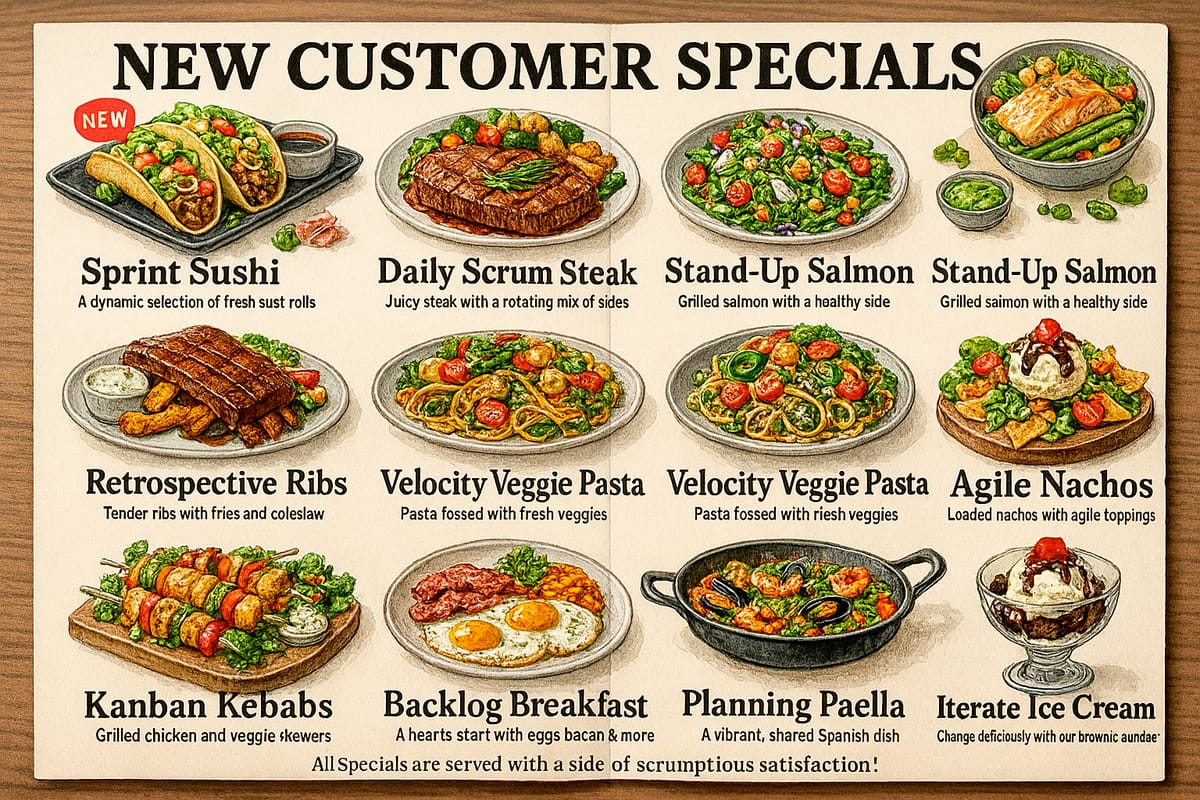Agile and new clients: Why forcing it fails

Successful creative agencies have trialled, or consistently favour Agile project delivery. The Agile approach allows for elements of a project plan to change or be defined during the delivery phase. Not everything will be locked down in the form of a specification up front.
This is even more true of digital agencies, where there are examples of teams who solely deliver projects using an Agile approach.
The real question isn’t Agile or Waterfall, but whether the approach fits the client’s readiness and expectations.
Different approaches need the time and energy of a client at different times. Waterfall needs more time upfront, then chunks of their time infrequently. Agile needs less time upfront, but functions best when client stakeholders have high availability and engagement throughout a project.
For a new client, that shift in effort and expectation can feel like a trap. They may believe they’re buying certainty and handover, only to find they’re being asked to attend regular sessions, make rapid decisions, and accept changing deliverables. That mismatch is where frustration and project failure begins.
Sticking rigidly to a single way of delivering all projects is a risk unless the agency is in the enviable position of filtering clients down to those who are experienced and comfortable with their chosen approach.
For Agile, the classic frameworks such as Scrum assume high levels of engagement from everyone involved.
The iterative process of defining-in-flight can feel deeply unsettling to a client until they’ve seen it succeed in practice.
If an agency offers bespoke deliverables based on a brief, it can come as a surprise to the client that the approach to delivering their project is both unknown to them and requires a significant level of trust to work well. Agile delivery rarely commits to the delivery of specific outcomes. That’s a fundamental mismatch. Clients are used to signing off budgets on the promise of fixed outcomes, not the hope of evolving value.
I should clarify that I've seen Agile delivery of projects work incredibly well given the right client, stakeholders, team and project.
In those situations, the people involved always share three things: they know what good Agile looks like, they trust its potential, and they have the mindset to make the most of it.
And likely because of that, I have yet to see an agency's Agile project delivery approach return on its promises when the project is sizeable but the client is new to the agency and to Agile.
That statement may be bold, but equally it offers insights into the improvements that those agencies can make. Better approaches to Agile with new and inexperienced clients.
Meeting new clients where they are
Most new clients don’t turn up empty-handed. By the time they speak to an agency, their organisation has already invested months in strategy and planning.
A more common situation is that their organisation has been strategising and planning for months. Significant work has been done on defining their needs. They've created a document which includes the details of those requirements.
If this is the case, Agile is not what they need from an agency right now, and more importantly for project success is not what they are expecting.
They're confident that what they have planned is what their organisation needs and convincing them otherwise during the sales process — or worse during delivery — usually damages trust and sets the project up for conflict.
There are a couple of approaches to winning and retaining clients in this situation that allow more agility in the future. Both come after the sales process.
Requirements through an Agile lens
The first is to convert the client's requirements into a more Agile-friendly format - initially syncing it back to their own document as a comfort blanket. User story maps are common, but there are other options which focus on value and users not on outputs.
It's important to start talking the language of goals and metrics early, even if they're not the focus of a conversation. Knowing how a client is judging project success beyond scope, time and budget is a superpower.
Over time — while delivering through your Agile lens — you can begin to educate the client on your ways of working, and more importantly the opportunities to focus on value over deliverables.
Frame these early conversations around trade-offs: what the client can safely cut without risk, and what can be accelerated to create visible wins. That shift from requirements to value is the first practical step towards making Agile less alien.
Lead with quick wins
The second approach is to find the most valuable part of the project — through discussion or inspection — and pull that to the front of the delivery plan.
Share progress early and often, and confirm the focus is on maximising quick delivery of value.
Use the springboard as a way to discuss the future chunks of the project using the same approach. Encourage the client to find low value aspects which can be cut in exchange for the discovery and delivery of higher value.
Slow the Agile education
No client enjoys a baptism of fire. Those who haven't experienced Agile delivery will have a lot to learn in the initial days and weeks of an Agile project.
Events, language, assets, roles. All different to what they've previously experienced and in addition to the project discussion and thinking.
Add in the expectation of availability and engagement and you take a client who likely thought they were handing over a plan for you to deliver on, and require a level of involvement they hadn't prepared for.
Make the journey more enjoyable by introducing them more slowly. Pair them with a more experienced team member for questions.
Design their involvement so it grows over time. Make it optional at first and gradually moving towards active participation as they build confidence and see the benefits.
The happy path
Ideally, you want to find a small valuable piece of the project you can swiftly deliver using a simplified version of your Agile delivery approach.
A halfway house which offers the important comforting parts of the plan, while introducing the powerful value discovery and delivery opportunities of Agile.
Agility and adaptation is unsurprisingly key to offering new clients a successful approach. Treating that first project as a bridge keeps clients comfortable, reduces delivery risk, and gives you a trusted foothold to introduce deeper Agile practices on future work.




